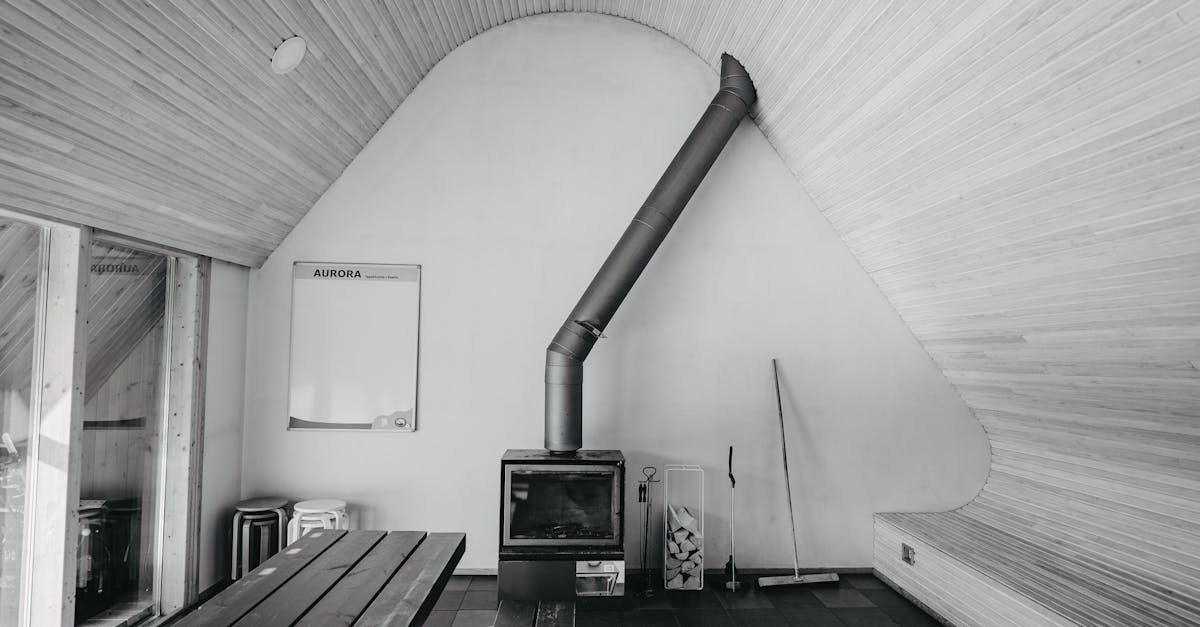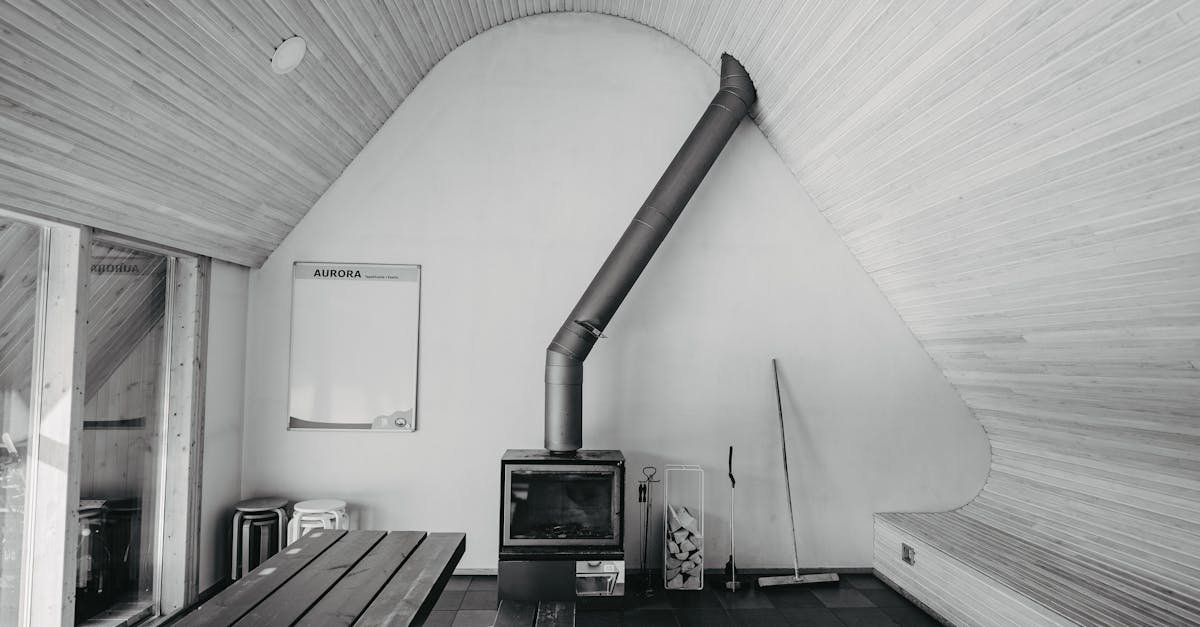Zoned heating with baseboards is an efficient way to control the temperature in different areas of your home. By using individual thermostats for each zone, you can heat only the spaces you’re using, saving energy and reducing costs. This method allows you to customize comfort levels based on your preferences, ensuring that no room is left too hot or too cold.
With baseboard heaters, you’ll enjoy quiet operation and consistent warmth. They’re easy to install and can fit seamlessly into your home’s design. Whether you’re looking to improve energy efficiency or enhance comfort, zoned heating with baseboards is a smart solution that can transform how you experience your living space.
Overview of Zoned Heating With Baseboards
Zoned heating with baseboards offers targeted temperature control in your home. Each room can maintain a different temperature, which enhances comfort. Individual thermostats manage heat based on your preferences. This setup leads to energy savings since you only heat areas in use.
Baseboard heaters work quietly, providing consistent warmth without noisy disruptions. You can install them easily along walls, which means they blend seamlessly into your home design.
Consider these key benefits:
- Energy Efficiency: Use energy only where and when you need it.
- Cost Reduction: Cut down your energy bills by heating specific zones.
- Customization: Adjust the temperature in each area based on your needs.
- Aesthetic Appeal: Baseboards fit into your decor effortlessly.
Utilizing zoned heating with baseboards can significantly improve comfort and efficiency in your living spaces.
Benefits of Zoned Heating
Zoned heating offers several advantages, especially when using baseboard heaters. You can enjoy personalized comfort throughout your home while enhancing efficiency.
Energy Efficiency
Zoned heating boosts energy efficiency. It allows you to heat only the rooms you use. With individual thermostats, you can set different temperatures for each space. This targeted approach can cut energy bills by up to 30%. As a result, you save money while reducing your carbon footprint.
Customized Comfort
Zoned heating provides customized comfort for every room. You can create a cozy atmosphere in your living room while keeping bedrooms cooler at night. Family members can adjust their zones to meet their preferences. This flexibility ensures everyone enjoys their space without disputes over temperature. With baseboard heaters, you achieve a consistent warmth that enhances overall comfort.
Types of Baseboard Heating Systems
Baseboard heating systems come in two main types: electric and hydronic. Each has unique features and benefits to consider for your home.
Electric Baseboard Heaters
Electric baseboard heaters use electricity to generate heat. They’re easy to install and require no additional plumbing. These heaters work well in small rooms or areas that need quick warmth. You can control them with individual thermostats for zoned heating. This solution allows you to heat only the rooms in use. They operate quietly, providing a consistent and comfortable temperature. But, be aware that they can lead to higher energy bills if overused.
Hydronic Baseboard Heaters
Hydronic baseboard heaters rely on hot water to heat your space. They connect to a boiler that heats water and pumps it through pipes. This type of heater distributes warmth evenly, creating a cozy atmosphere. Hydronic systems typically require professional installation, including plumbing work. But, once set up, they offer excellent energy efficiency. They use less electricity compared to electric systems, which can lead to lower utility bills. Also, the heat produced lasts longer, maintaining warmth even after the system shuts off.
Installation Considerations
Installing zoned heating with baseboards requires careful planning. You must assess your space and determine the best configuration for your needs.
Space Requirements
Space affects the efficiency of baseboard heaters. You need 1 inch of clearance above the unit for optimal airflow. Also, keep a distance of at least 6 inches from furniture and drapes. This allows heat to circulate freely. Measure the wall length carefully and choose baseboards that fit snugly without being overcrowded. For best results, consider the size of each room when selecting heater types.
Professional vs. DIY Installation
You can install baseboard heaters yourself or hire a professional. If you choose DIY, understand the wiring and plumbing requirements. Electric units are simpler and often ideal for small spaces. Hydronic systems need more expertise due to water lines and boiler connections. Hiring a professional ensures the job is done safely and correctly. They will also provide guidance on the best system for your home. Assess your skills and the complexity of the installation before deciding.
Maintenance Tips for Baseboard Heating
Maintaining your baseboard heating system ensures efficiency and longevity. Follow these tips to keep everything running smoothly.
- Check Airflow Regularly
Inspect baseboard heaters for obstructions. Dust, furniture, and drapes can block airflow. Maintain a clearance of at least 1 inch above and 6 inches from any objects. - Clean the Heaters
Dust and dirt can accumulate on unit surfaces. Wipe down the heaters monthly. Use a damp cloth for effective cleaning. Ensure they’re off and cool before beginning. - Inspect Thermostats
Test each thermostat to confirm proper function. Replace batteries in battery-operated models as needed. Ensure settings are appropriate for each zone. - Bleed Hydronic Systems
If you use a hydronic baseboard heater, bleed the system annually. This process removes trapped air, allowing for optimal heating. Locate bleed valves on your radiators; open them with a wrench until water flows steadily. - Check for Leaks
Inspect for signs of water leaks in hydronic systems. Look for damp spots around heaters and connections. Address leaks promptly to prevent water damage. - Schedule Professional Inspections
Plan annual check-ups with a heating professional. Technicians can identify potential issues early. They’ll ensure the system functions efficiently and safely. - Consider Seasonal Maintenance
Before winter, ensure all components are ready. Inspect the boiler for hydronic setups. Review electrical connections in electric units. - Adjust Temperature Settings
For energy efficiency, lower temperature settings when rooms are unoccupied. Use programmable thermostats for convenience. This practice saves money and energy.
By following these maintenance tips, you enhance the performance of your baseboard heating system. Regular upkeep boosts efficiency and comfort throughout your home.
Conclusion
Zoned heating with baseboards offers a practical solution for enhancing comfort and energy efficiency in your home. By allowing you to control temperatures in individual spaces, it not only saves you money but also caters to everyone’s preferences.
With easy installation options and minimal maintenance requirements, baseboard heaters seamlessly integrate into your home while providing consistent warmth. Whether you opt for electric or hydronic systems, you can enjoy a tailored heating experience that fits your lifestyle.
Embracing zoned heating empowers you to create a cozy environment while reducing your carbon footprint. It’s time to take control of your home’s heating and enjoy the benefits of a more efficient and comfortable living space.








